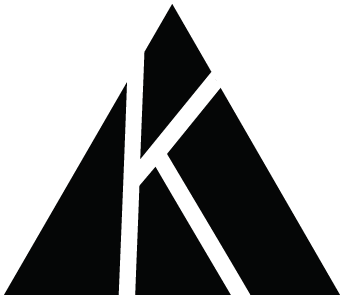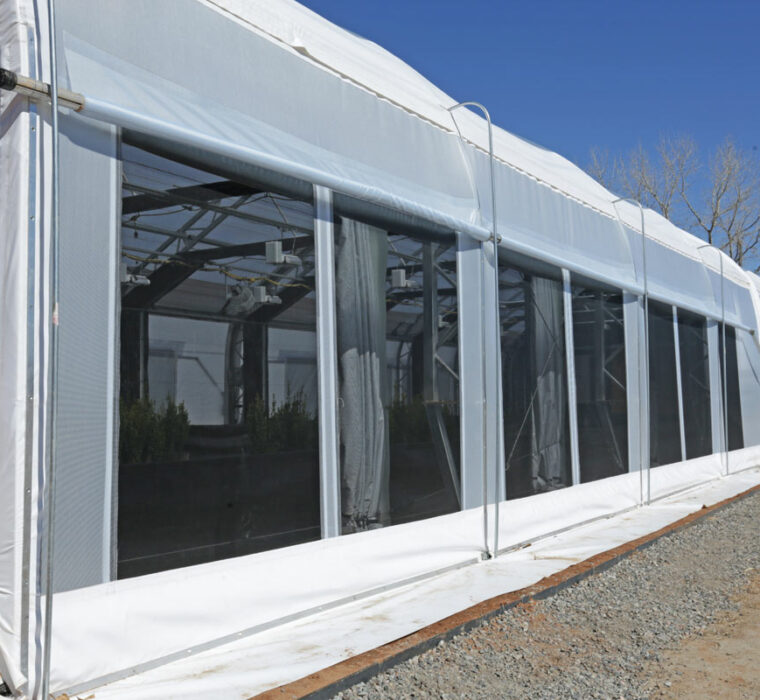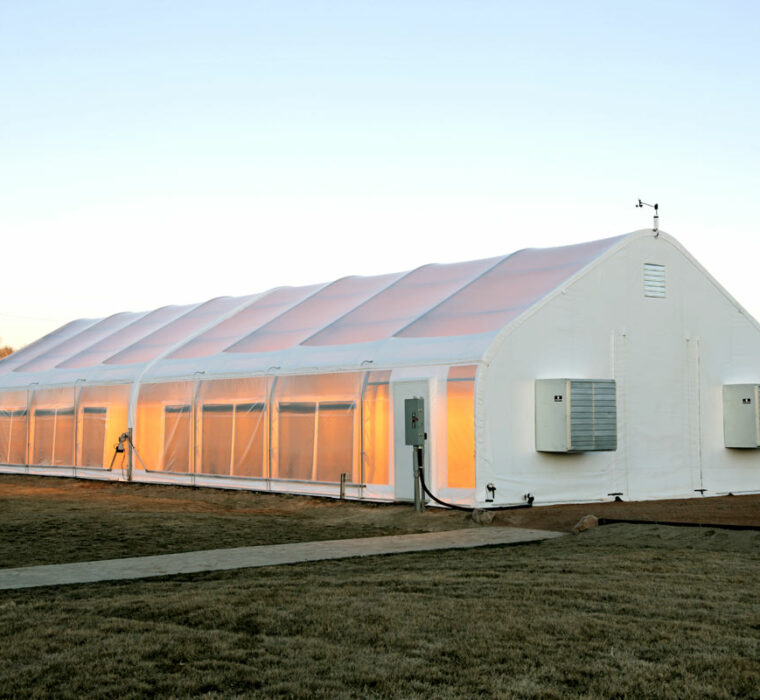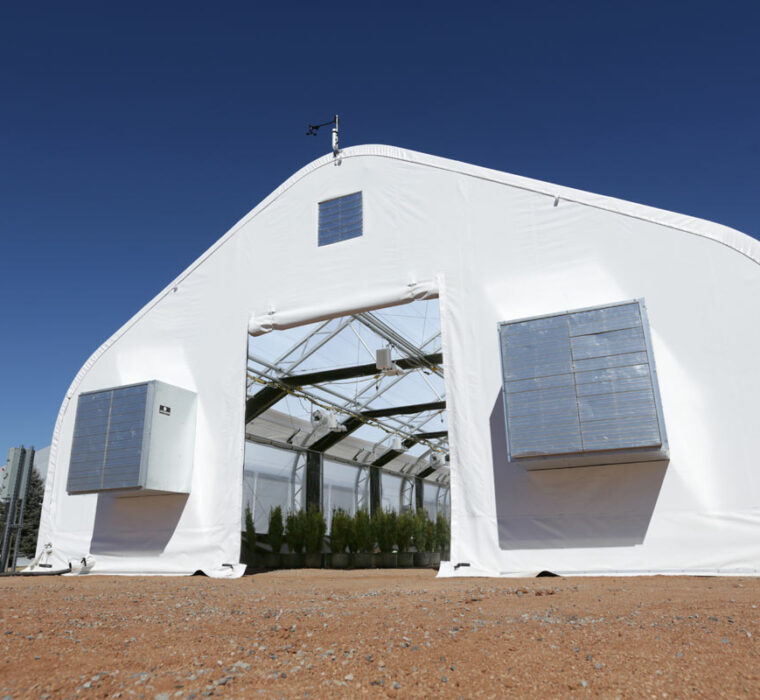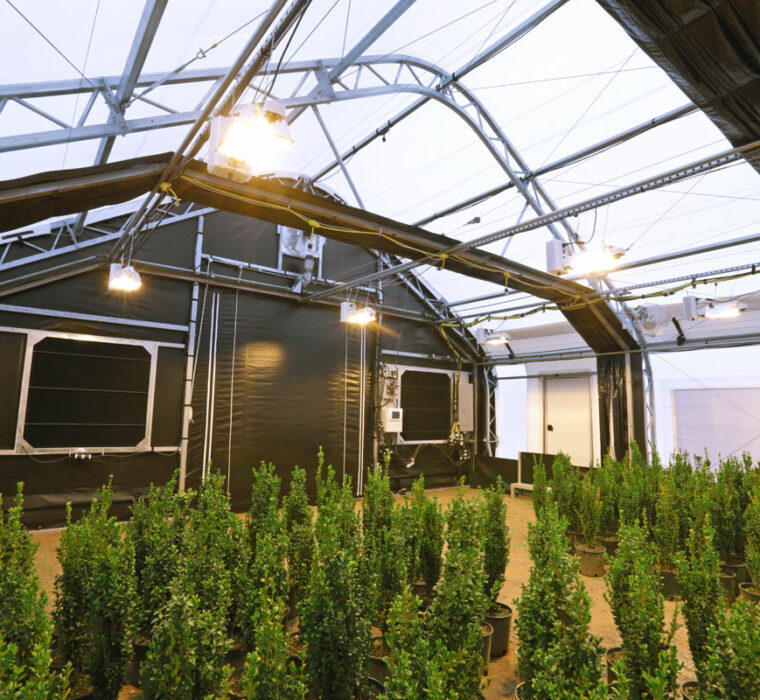Overview
WeatherPort
WeatherPort® provides high-quality tensioned fabric structures for any climate zone and application around the world. These structures cater both to the general and the enterprise consumer. The overall goal for the company was to increase conversions on popular product pages.
Overview
WeatherPort
WeatherPort® provides high-quality tensioned fabric structures for any climate zone and application around the world. These structures cater both to the general and the enterprise consumer. The overall goal for the company was to increase conversions on popular product pages.
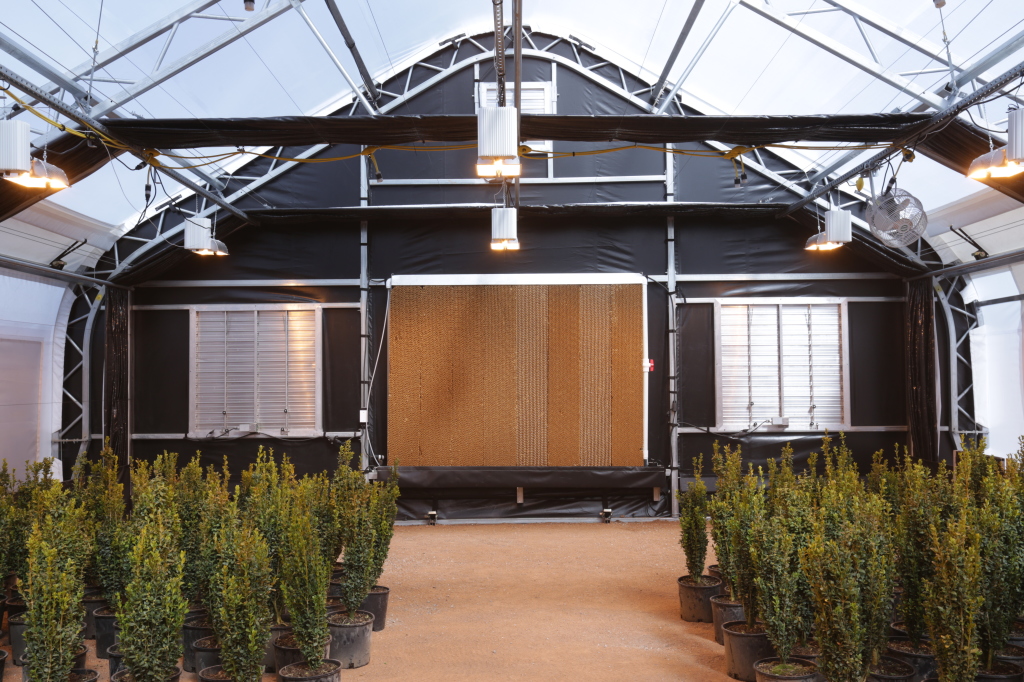
Timeline: 6 weeks
My role: UX Designer, Developer
Team: SEO Analyst, Content Writer, Social Media Manager, Sales Manager
The Problem
Hypothesizing the Why and Creating Goals
Despite a limited budget and a lack of insight into ‘why’ users behaved the way they did, we captured a great deal of data on ‘what’ users did – by analyzing hotjar heat maps, and google analytics data like time spent on site, bounce rates, and conversion rates. With this data, and input from stakeholders, we developed high level goals for our strategy to increase conversions.
- Increase leads without altering content keywords to prevent a slip in our google ranking.
- Make content easier to read overall and scannable on mobile screens.
- Increase time on page while decreasing the bounce rate.
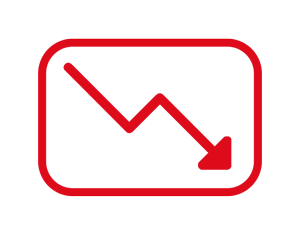
The Solution
Research Methods & Findings
We needed to investigate where the website was ineffective in achieving the user’s and company’s goals. In my discovery phase, I utilized Hotjar to identify the lack of lead generation and user drop off. Results showed that most visitors scanned the page quickly, then left with no engagement. What came to light was that 40% of visitors did not scroll below the fold. Further, I found the only link to contact the company about a greenhouse structure was at the bottom of the homepage.
To solve the problem of user drop off, and an overall lack of engagement, I:
- Optimized the website to be mobile friendly
- Produced an effectively placed advertisement with a clear call to action that met the needs of the user.
- Over the course of 6 weeks, I conducted 3 rounds of usability testing on several popular landing pages and used Google Optimize to A/B test different variations of these pages and advertisements. Each test lasted for 14 days.
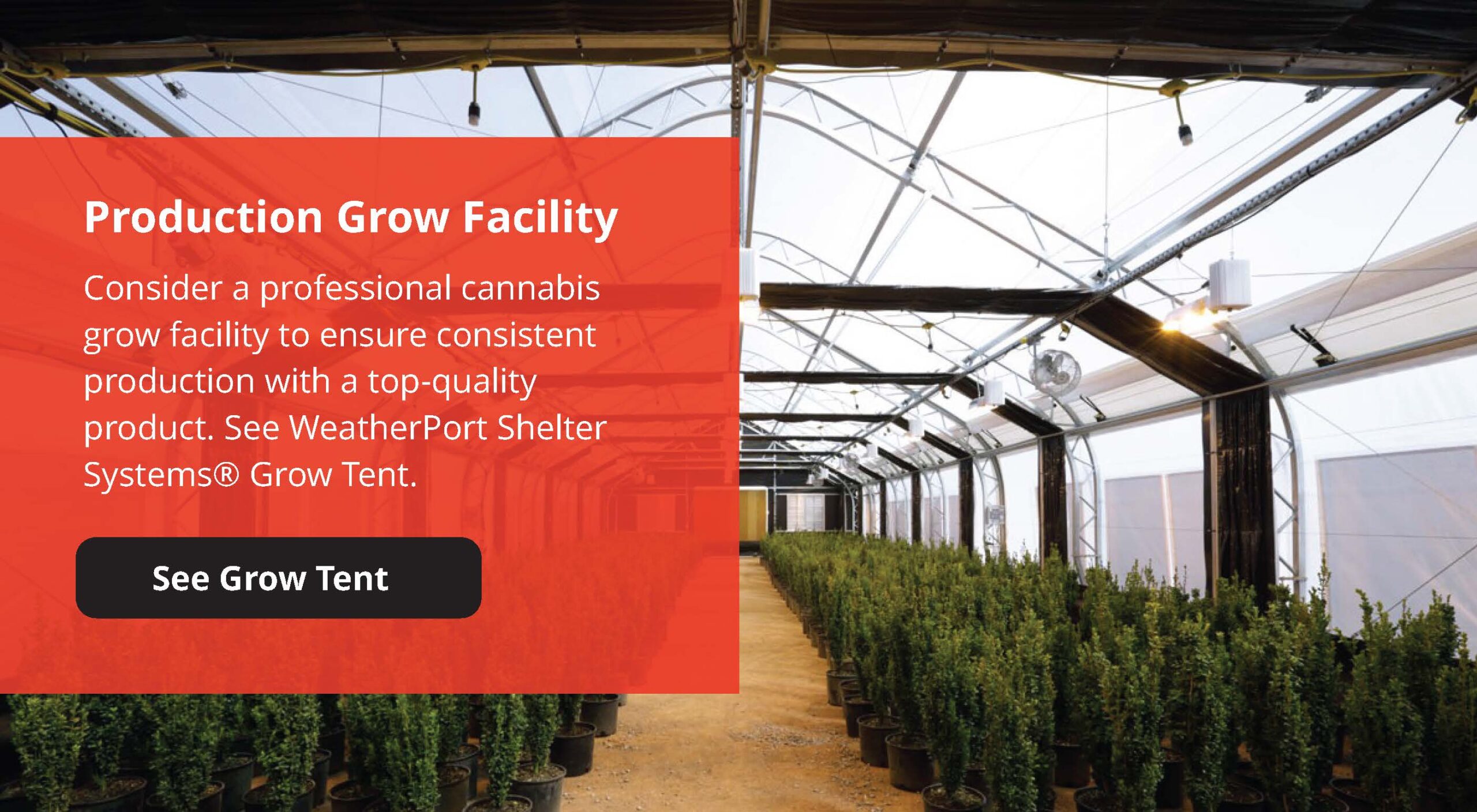
Metrics
Before a/b testing a landing page ad.
On The guide to starting a commercial cannabis grow operation landing page:
- Mobile users made up 17% of the site’s total audience
- Desktop users made up 7%
- Mobile bounce rate was 93%
- Desktop bounce rate was 90%
- The average time spent on the page was 25 seconds.
After testing a landing page ad.
When testing a call to action below the fold with a link to an inner product page:
- The time spent on the page increased to 45 seconds
- Bounce rate decreased to 89%.
- Conversion rates on the inner product page increased from 4 to 8 per week.
Each test lasted two weeks, but the results lasted for months, well beyond the growing season (or the season in which most people are interested in the purchasing these structures).
Continual Growth
Additional Methods for User Engagement
In addition to placing calls to action on popular landing pages, I tested designs that encouraged and increased cross-product engagement on inner product pages with a ‘more products like this’ section. This increased time on the page/site, decreased the bounce rate on individual product pages, and increased conversions overall.

